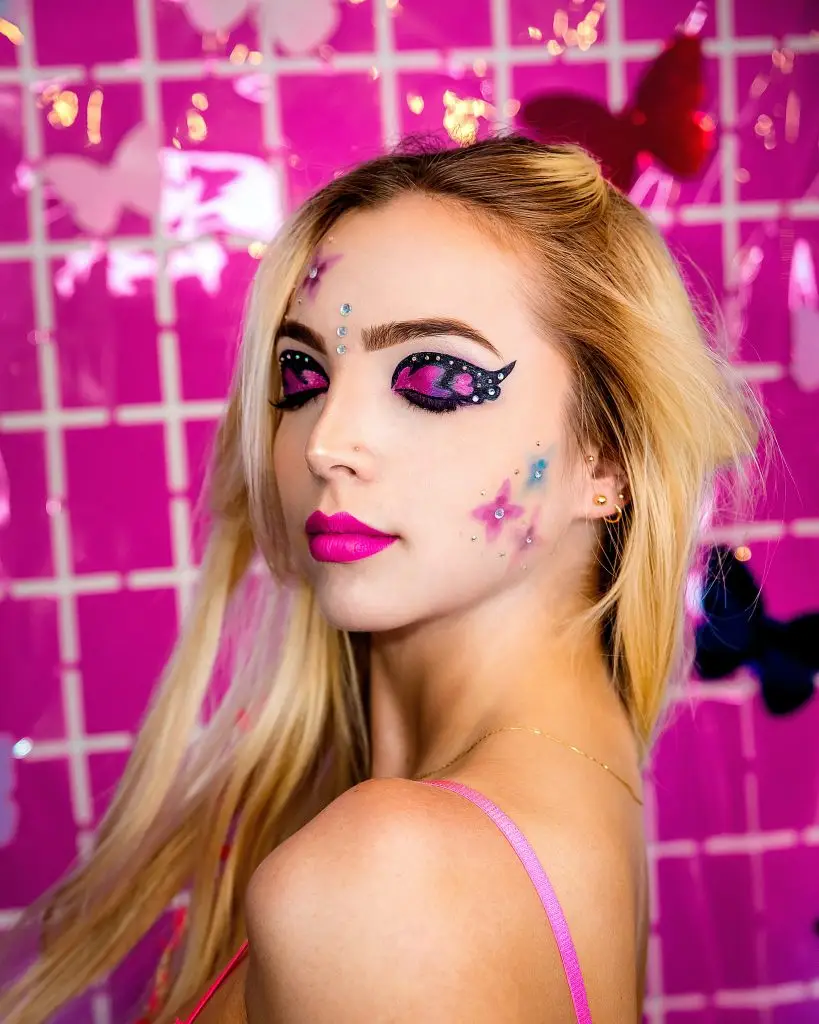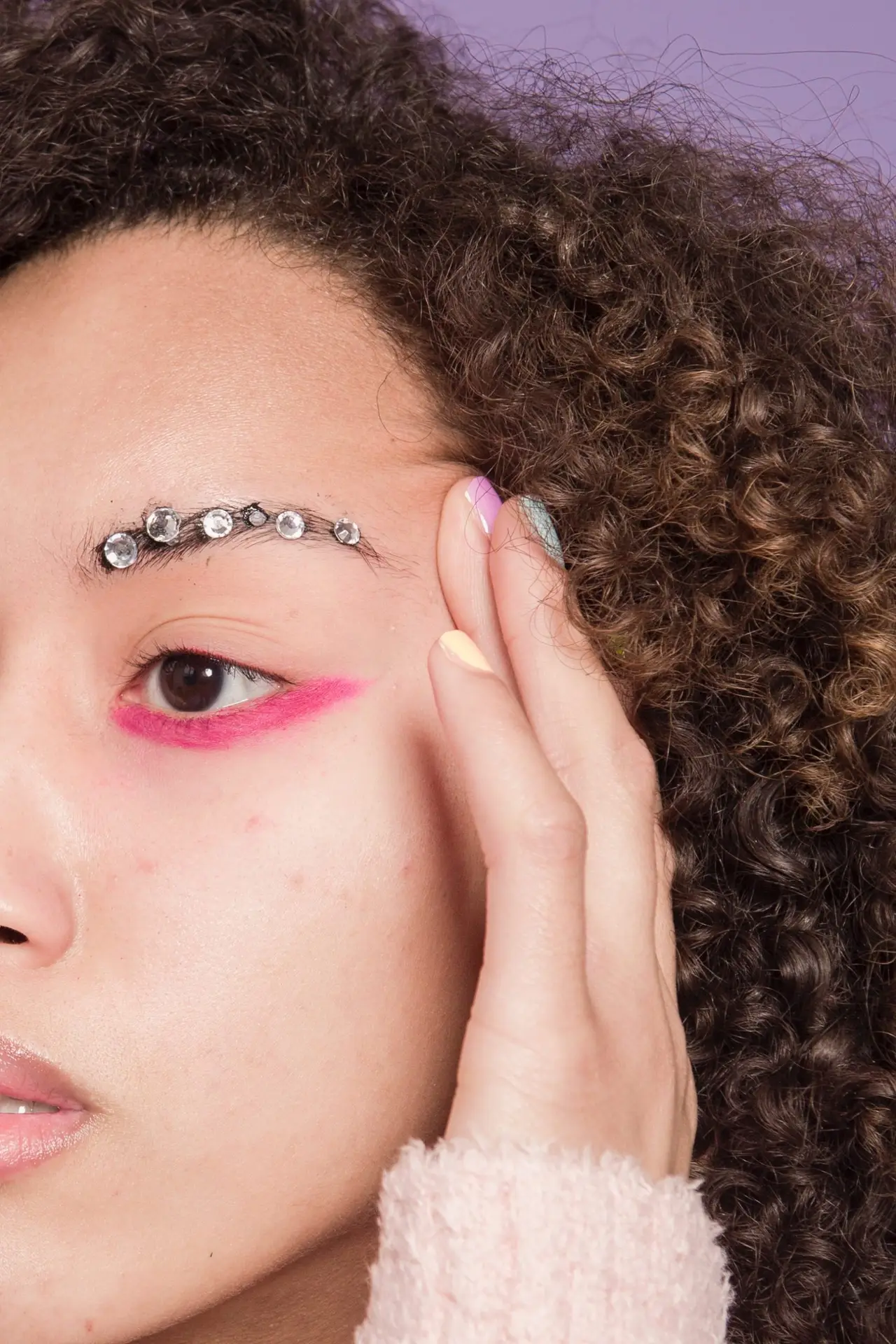



The world of fashion and beauty has always been a dynamic and ever-changing landscape, with trends and styles constantly evolving to reflect the cultural, social, and aesthetic preferences of each era. One fascinating aspect of this evolution is the emergence and transformation of face accessories. From the shimmering allure of face gems to the quirky charm of fake moles, these accessories have captured our attention and allowed us to experiment with our appearance in creative ways. This article takes a journey through time to explore the evolution of face accessories, from their origins to their contemporary resurgence.
Ancient Adornments



Ancient civilizations have engaged in various forms of face embellishments, such as tattoos, piercings, crystals, and scarification, for a wide range of cultural, religious, social, and aesthetic reasons.
- Tattoos have been practiced for thousands of years and have been found in cultures around the globe. In ancient Egypt, mummies have been found with tattoos, and Polynesian cultures used tattoos to represent social status, achievements, and personal identity. Native American tribes also practiced tattooing as a way to commemorate important events or demonstrate tribal affiliations.
- Piercings have also been a part of many ancient cultures. The ancient Mayans pierced their tongues as part of rituals dedicated to gods, and nose piercings have been a tradition in various cultures in South Asia for centuries. Different tribes in Africa and indigenous groups around the world have used piercings as symbols of identity and rites of passage.
- Crystals and gems have been used for adornment since ancient times. In ancient Egypt, both commoners and royalty wore jewelry featuring precious stones like lapis lazuli, turquoise, and amethyst. Crystals were also believed to have metaphysical properties, and ancient cultures attributed healing and protective powers to various stones.
- Scarification involves intentionally creating scars on the skin in decorative patterns. This practice was used by many indigenous African tribes and Australian Aboriginal cultures as a form of body art, as well as to signify cultural identity and rituals. Body painting with natural pigments was another form of temporary embellishment used in rituals, ceremonies, and even warfare in various cultures.
These embellishments often held deep cultural and spiritual significance in ancient societies. They could mark important life events, such as coming of age, marriage, or religious initiation. Additionally, they could signify tribal affiliations, social status, or even protection against negative forces.
The Glittering ’90s


Fast forward to the 1990s, a decade characterized by its bold and experimental fashion trends. It was during this era that face gems gained widespread popularity. Rave culture and music festivals provided the perfect platform for individuals to adorn their faces with an array of colorful and sparkly gems. These gems were often applied around the eyes, on the forehead, and even on the cheeks, creating a whimsical and eye-catching aesthetic. The trend was emblematic of the era’s carefree spirit and love for self-expression.
The Modern Revival
As fashion tends to be cyclical, it was only a matter of time before face accessories experienced a revival. In recent years, face gems have made a comeback, propelled by social media platforms where beauty influencers and enthusiasts showcase their unique interpretations of this trend. Contemporary face gems come in an even wider range of shapes, sizes, and colors, allowing for endless creativity in their application. From delicate, minimalist arrangements to extravagant, avant-garde designs, individuals can choose how they want to express themselves through these gems.
Beyond Gems: Fake Moles and Beauty Marks

While face gems have undoubtedly captured attention, another trend has quietly emerged – the revival of beauty marks and fake moles. Historically, beauty marks were considered fashionable and even seductive. They were often painted or affixed using materials like velvet or silk. In modern times, makeup enthusiasts and influencers have embraced the charm of fake moles, strategically placing them on their faces to add a touch of vintage allure or to balance their facial features.
Cultural Significance and Controversies
It’s important to note that while face accessories can be a form of self-expression, they can also carry cultural significance or raise controversies. Certain traditional face markings hold deep cultural or religious meanings for specific communities, and their appropriation as a trend can be seen as insensitive or disrespectful. Additionally, debates about cultural appropriation and the line between appreciation and exploitation have emerged in discussions surrounding these accessories.
The evolution of face accessories, from the ancient civilizations that used gems to signify status to the modern trend of adorning with face gems and fake moles, showcases the ever-changing nature of fashion and beauty. These accessories not only allow for creative expression but also reflect the broader social and cultural contexts in which they emerge. As fashion continues to evolve, we can expect these accessories to evolve alongside it, capturing the spirit of each era while offering individuals the opportunity to experiment and express themselves in exciting new ways.

